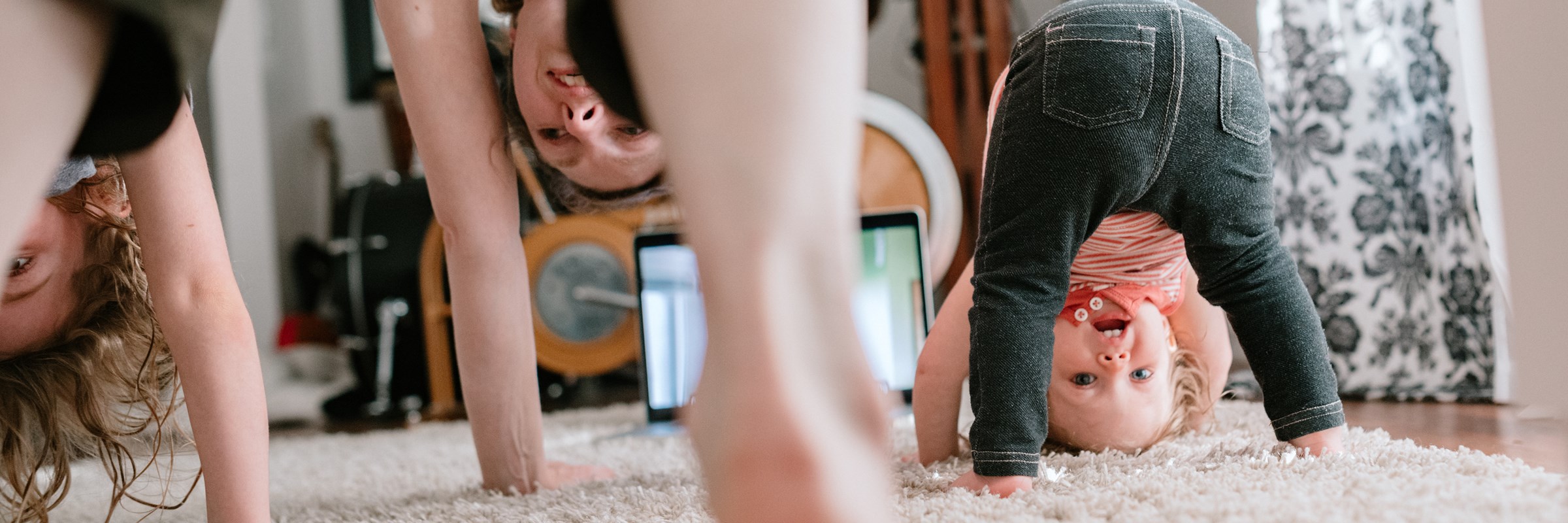
Physical Development
Movement, physical activity and play, have an important role in a child’s Physical Development, impacting on their social, emotional, physical and cognitive development.
Unfortunately, not all children have the same opportunities for the best start in life, with many children starting school without the necessary physical skills to enable them to get the most out of their education. For example, in primary schools across the country, children have been observed lacking the core strength needed to sit still, concentrate and support themselves in a seated position.
The Greater Manchester School Readiness Programme aims to ensure that every child has the best start in life, by putting tools and support in place to support children’s outcomes from birth to age 5. The programme uses two key measures of child development and school readiness:
-
The Ages and Stages Questionnaire 3 (ASQ3) at age 2 – 2.5 years
-
EYFS, attainment of Good Level of Development (GLD), at the end of reception.
Physical Development is important for a child’s health and wellbeing as well as supporting a range of wider child development domains. There is strong evidence which shows us that physical literacy is an important feature in getting children ‘school ready’ and is fundamental to supporting good outcomes later in life. Activities such as the ones in this resource, aim to develop a child’s physical development, which will also contribute to the development of the 5 domains of child development (Language, Social, Emotional, Cognitive and Physical).
‘Movement is an integral part of life from the moment of conception until death, and a child’s experience of movement will play a pivotal part in shaping his/her personality, feelings, and achievements. Learning is not just about reading, writing and maths. These are higher abilities that are built upon the integrity of the relationship between the brain and the body.’
(Goddard Blythe, 2005, p5.)




